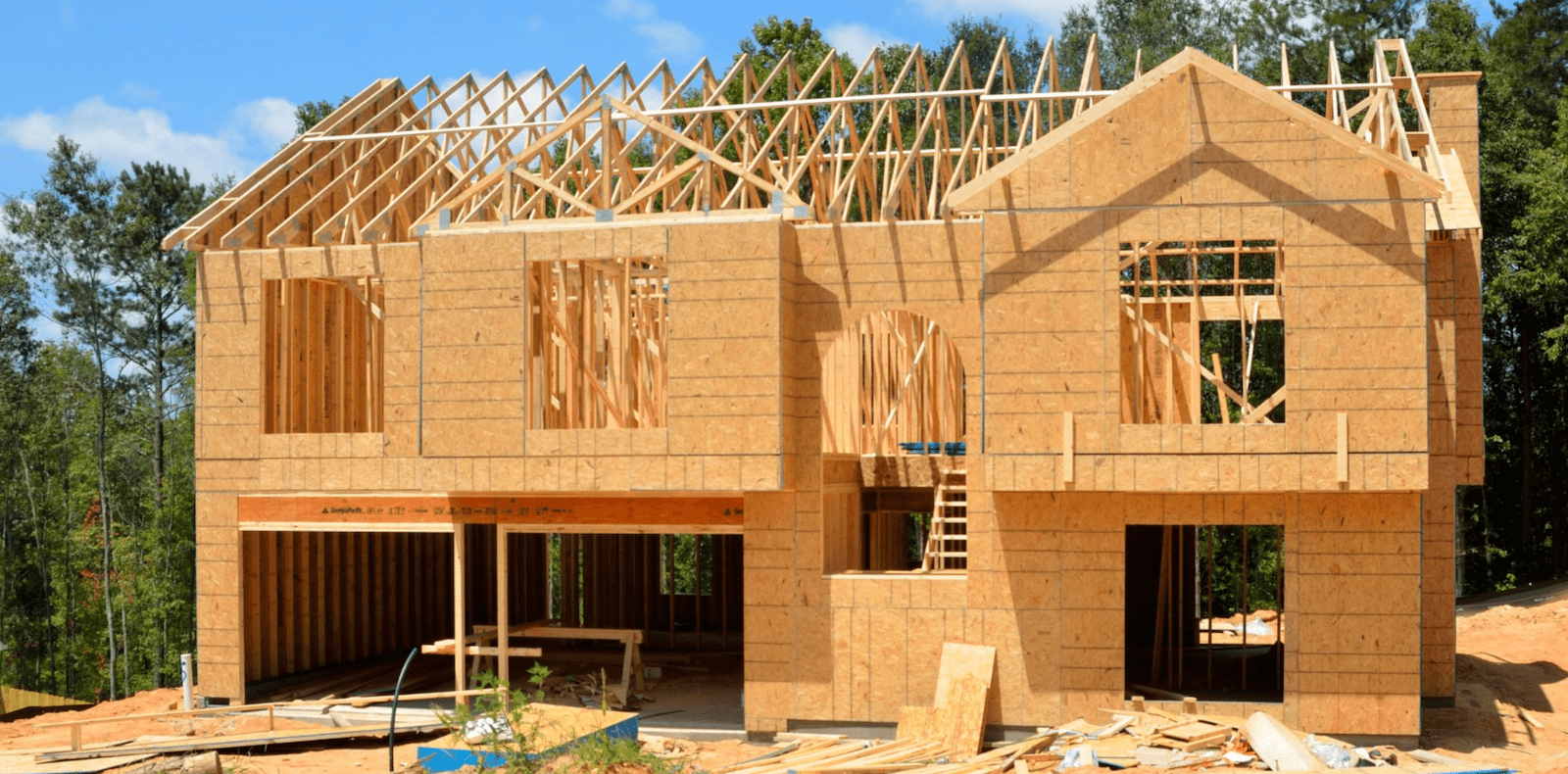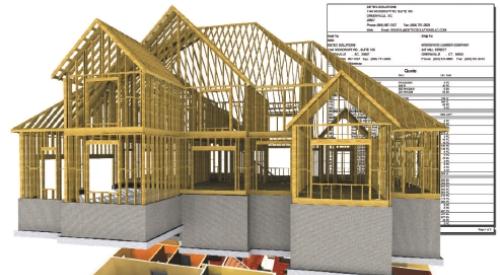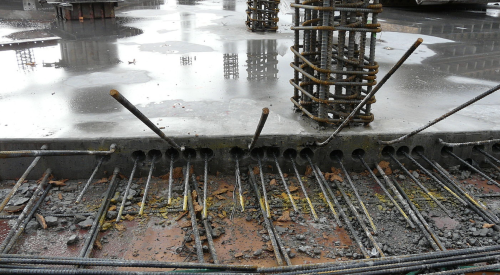We live in a world full of numbers. For most home builders, the number of dollars it costs you each day to be build a house is the most important number of all.
Given how many aspects of building a house are out of your control — the cost of lumber and materials, labor, and land, for example — you can affect your margins and profit by focusing on the things you can control.
You can save a few bucks by moving the trailer a few days early or getting a handle on your rebates, but does that really move the needle in terms of increasing your margins and profit? I doubt it. The place you can achieve dramatic cost savings is in reducing your cycle time.
By trimming the number of days it takes to build a house, you can cut out a chunk of your costs. Say it costs you $1,000 a day — not counting lumber and materials, labor and land — to carry your operations from day to day when building a home. Let's also say you build 100 homes a year. By saving one day per home, you will add $100,000 directly to your bottom line.
One Company's Story for Reducing Cycle Time
The following is a case study of Chico, Calif.-based New Urban Builders, which has used software to dramatically reduce its cycle time. Home building operations for housing giants are so complicated with operational inter-dependencies that software often offers the only way to get a handle on them. This is especially true given the dramatic return on investment that builders can get from a prudent investment of good software.
New Urban Builders competes in the single-family residential markets north of Sacramento. In 2007, the company closed 80 units, up from 50 in 2005. With houses priced $200,000 and $425,000 (950 to 1,700 square feet; eight to10 homes per acre), the company keeps its 10 employees busy, including purchasing and estimating departments, a customer service and warranty department, design and planning staff, and two site supervisors who are spread across three projects in two neighborhoods.
RELATED
- Roll Up Your Sleeves and Get Serious About Cycle Time
- Construction Quality Assurance Program Fundamentals
- 7 Steps to Building Homes Faster and Reducing Cycle Time
With a two-year supply of land already locked down or optioned, New Urban Builders is using seven new-home models to start between six and eight homes a month. All this activity will bring New Urban Builders a top-line revenue of around $22 million in 2007.
As part of its plan for growth, New Urban Builders wanted to upgrade its back-office software; the team was specifically interested in cycle-time reduction. New Urban Builders examined a variety of possible solutions. The company decided on a multi-month, step-by-step implementation that would allow for sophisticated functionality as workflow templates were built out and their processes carefully mapped.
Think Integration and Streamlining for Business Functions
New Urban Builders first decided to drop QuickBooks Pro; the software didn't offer a process-driven workflow template. The company then spent six months mapping its old accounting data into its new Sage Timberline Office accounting software. Once the accounting software was in place, New Urban installed a process-driven template that would bring utility to its field data by allowing subs, supers, estimating, warranty management, and customer service to extract and update the accounting system so it would be highly responsive with information as the schedule changed.
New Urban also recognized that the accounting system needed to be driven by software that set a critical path to follow for each start. They found one that was pre-integrated to their accounting and installed scheduling, wireless scheduling, purchasing, sales management, warranty management, and estimating.
With this software firepower, New Urban had to define its processes; the firm assembled its department heads, employees and allied trades to understand everything from lead times to schedule tolerances and variance purchase orders. The company also loaded quality control checklists on its supers' BlackBerry wireless devices and made all purchase orders, invoices and payments driven exclusively by the QC checklists.
To streamline the process, New Urban Builders gave the super the authority to approve a work stage and thereby approve payment. If a work stage meets the criteria set up by the quality control checklist, then the work stage can be approved and the purchase order gets converted to an authorization-to-pay for the vendor or sub. With a wireless scheduling and checklist-driven processes run from the field, New Urban Builders is able to pay its subs net 15 days.
Soon after implementation of these workflow processes, through paperless purchase orders and wireless scheduling, New Urban Builders dropped its cycle time from between 220 and 250 days per home down to 155 days per home, dramatically affecting its bottom line by cutting up to 95 days of carrying costs per home off their books.
In addition to costs reduced through shorter cycle times, New Urban Builders also has a cost-avoidance on future staffing because it has the capacity to increase starts without increasing staff loads.
Want to achieve similar results? Pay special attention to the commitment this builder made to the process. It took the time and made the investment to reset the company. As for their number, across 80 starts, there was a gross reduction of 7,600 days of work over a year.
To get your gross cost, multiply the number of dollars it costs you each day to build a house by the number of days it takes you to build a house. The difference between that cost and your sale price establishes your margin and dictates your profit.
Tom Gebes is widely recognized as one of the nation's leading experts on software technology and home building. He is the founder and president of BuilderMT. Contact him at Tom.Gebes@BuilderMT.com.













